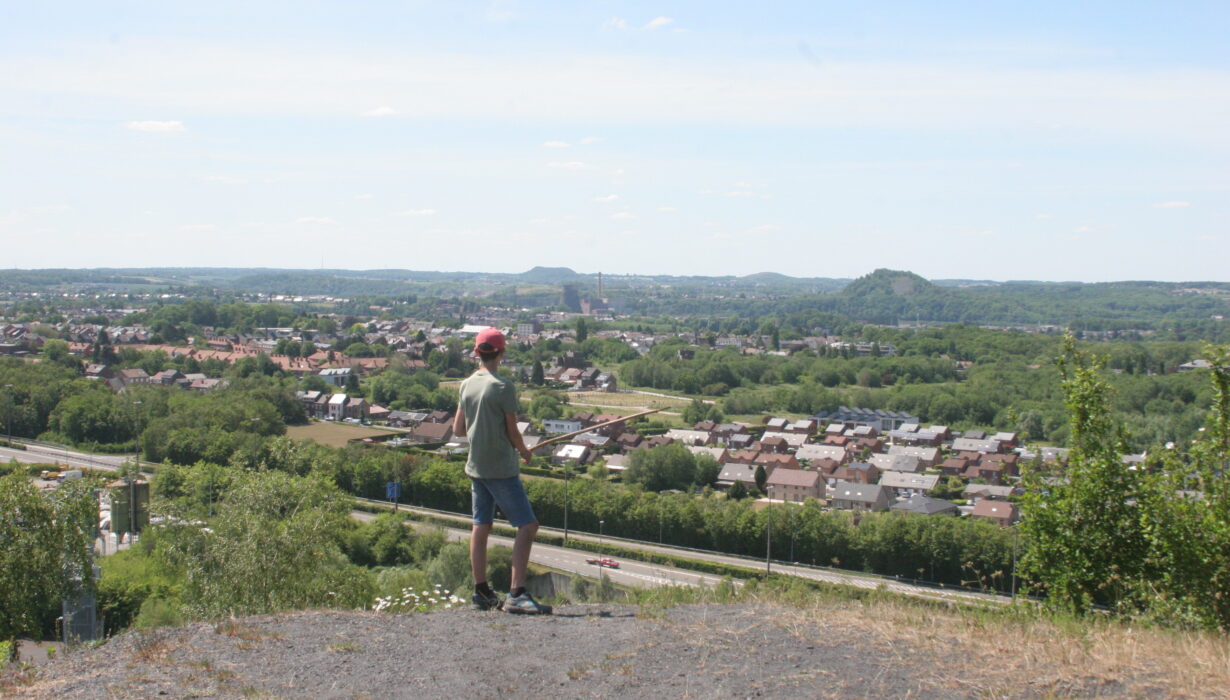
Sustainable tourism
The slag heaps: ideal sites for sustainable tourism
Responsible and sustainable tourism on the slag heaps must take into account the current and future impacts of all activities on offer, while responding to the needs of visitors.
Three key factors shape all decisions concerning sustainable tourism:
- Environmental issues: reducing the impact of tourism on the environment, preserving natural resources, responsible waste management and prevention, protecting biodiversity, promoting soft mobility, respecting the integrity of the sites and the landscape...
- Social issues: respecting the cultural heritage, involving the local community in tourism development, strengthening social links, transferring knowledge...
- Economic issues: guaranteeing viable economic activity over the long term and fair wages for all local actors in the aim of improving quality of life.
Tourism is the largest socio-economic sector in the world. It makes up 10% of the international GDP and this figure continues to grow. In 2018, around 1.4 million tourists were counted worldwide. However, if mass tourism is not regulated it will have negative consequences on our ecosystems: degradation of biodiversity, dependence of local populations on tourism, and the well-being of tourists taking priority over that of local populations are all worrying issues that must be addressed to ensure sustainability.
Sustainable tourism is a part of a model that applies environmentally friendly modes of transport, production and consumption with close involvement of the populations that live, work or temporarily stay in the host area.
This model involves the engagement of all parties:
- tourists, who choose to adopt environmentally friendly behaviours (e.g. sticking to the path when walking on the slag heaps);
- tourism operators, who evaluate the local and general impacts of their products and take these impacts into consideration when creating their offer (e.g. fragility of natural environment);
- local bodies, which will provide quality infrastructure and facilities (e.g. informative panels with tourist information at the foot of the slag heaps);
- local businesses, who will invest in a more circular economy (e.g. local food products).
This type of tourism will allow for the future preservation and best possible use of the slag heaps of the cross-border mining arc.